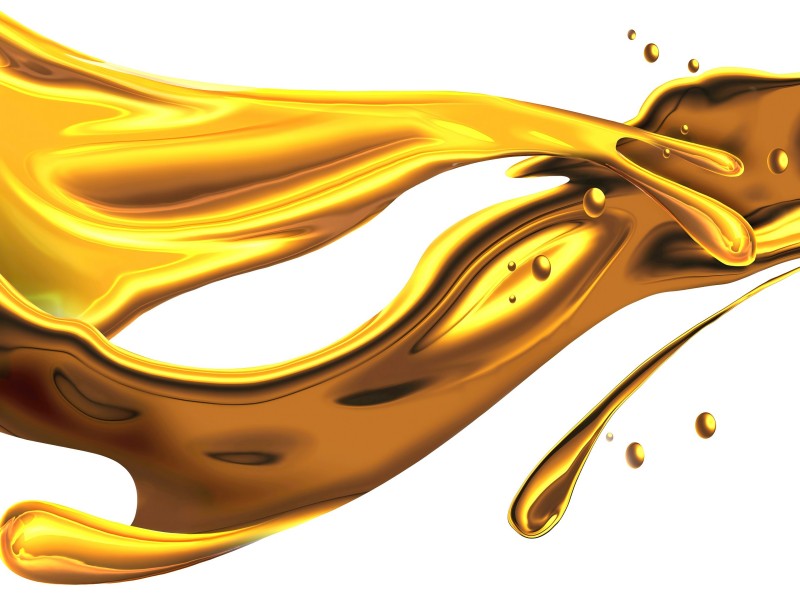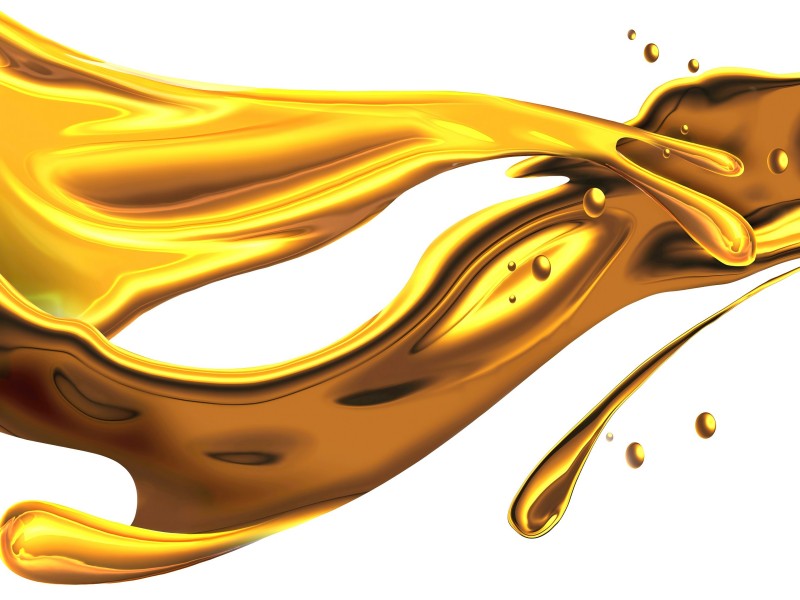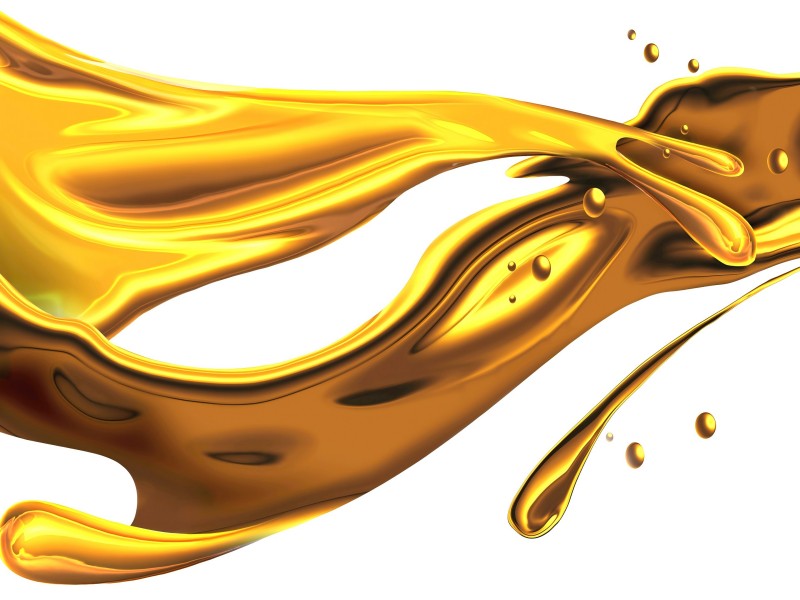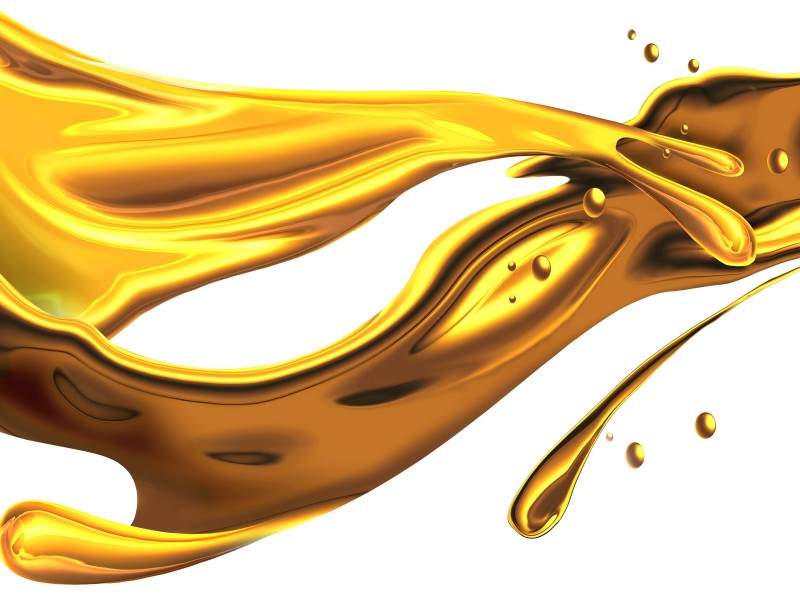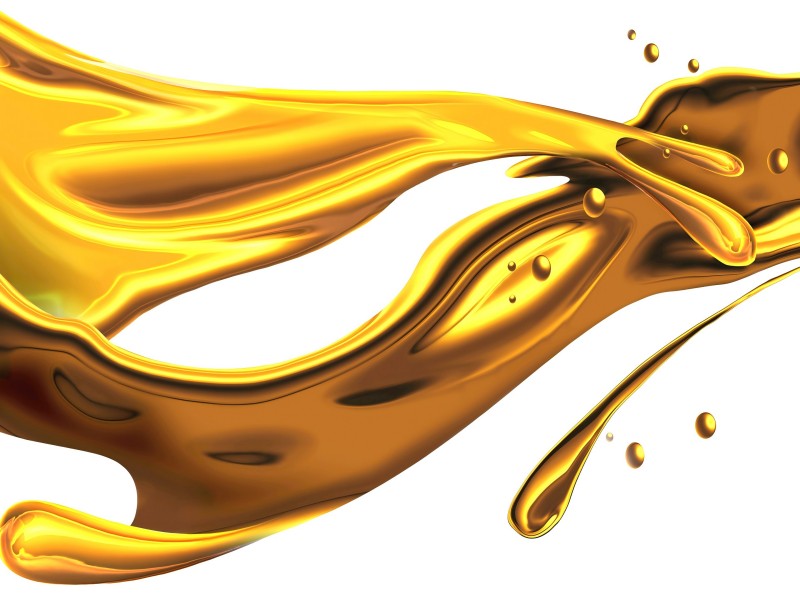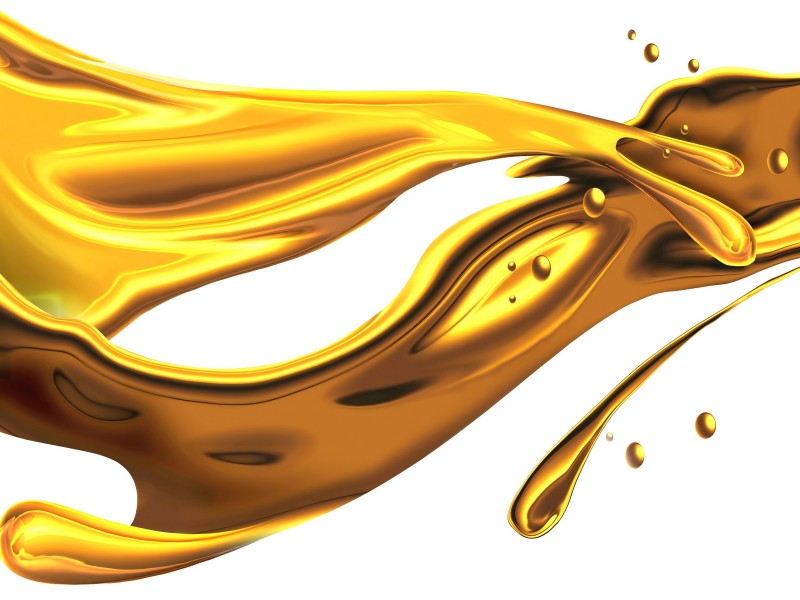UNPChemicals Grease additive packages are specialized formulations blended into base greases to optimize the lubrication properties between moving surfaces in industrial and automotive systems. These additives enhance shear stability, reduce oxidation, and improve water resistance, helping to prevent rust, minimize friction, and extend service life in heavy-duty applications. Widely utilized in automotive wheel bearing greases, these packages are also incorporated into lubricants for chassis systems, universal joints, high-temperature machinery, conveyor belts, industrial bearings, and mining equipment. In high-load environments like construction machinery and marine applications, grease additive packages ensure consistent performance by maintaining structural integrity and providing superior protection under extreme pressure and temperature conditions.
Top UNPchemicals Grease Additive Packages
Popular UNPChemicals Grease Additive Packages
General-purpose lubricating grease additive package UNP G8001
General-purpose lubricating grease additive package UNP G8001 is designed to meet the stringent requirements of diverse lubrication operations. It is an additive package meticulously formulated for general-purpose lubricating greases, with a unique blend
Read More Get A QuoteLow-odor and high extreme pressure lubricating grease additive package (specially for mines) UNP G8002
Low - odor and high extreme pressure lubricating grease additive package (specially for mines) UNP G8002 is designed to meet the arduous requirements of mining - specific lubrication scenarios. It is an additive package carefully crafted for lubricating g
Read More Get A QuoteLight-colored and long-life lubricating grease additive package (specially for automotive wheel hubs and chassis) UNP G8003
Light - colored and long - life lubricating grease additive package (specially for automotive wheel hubs and chassis) UNP G8003 is designed to meet the exacting requirements of automotive - specific lubrication in wheel hubs and chassis areas. It is an ad
Read More Get A QuoteSpecial additive package for polyurea lubricating grease UNP G8004
Special additive package for polyurea lubricating grease UNP G8004 is designed to meet the stringent requirements of polyurea - based lubrication systems. It is an additive package carefully crafted for polyurea lubricating greases, which are often used i
Read More Get A QuoteLow-friction lubricating grease additive package (specially for automotive universal joints, wind power, etc.) UNP G8005
Low - friction lubricating grease additive package (specially for automotive universal joints, wind power, etc.) UNP G8005 is designed to meet the exacting requirements of applications in automotive universal joints, wind power systems, and similar scenar
Read More Get A QuoteHeavy-duty lubricating grease additive package (specially for open gear grease) UNP G8006
Heavy - duty lubricating grease additive package (specially for open gear grease) UNP G8006 is designed to meet the arduous requirements of open - gear lubrication scenarios. It is an additive package painstakingly formulated for heavy - duty open - gear
Read More Get A Quote
What is Lubricating Grease?
Lubricating grease is a semi-solid to solid lubricant composed of a thickening agent dispersed in a liquid lubricant. The thickening agent gives grease its characteristic consistency, allowing it to adhere to surfaces and stay in place, providing long-lasting lubrication. It is widely used in various industrial and mechanical applications where a more viscous and adherent lubricant is required compared to oils. Grease offers excellent protection against wear, corrosion, and contamination, especially in situations where there is a risk of the lubricant being displaced or washed away. It can withstand moderate to high loads and is suitable for applications with slow to moderate speeds. Common base oils used in grease formulation include mineral oils, synthetic oils, or vegetable oils, each offering different performance characteristics.
What are Grease Additive Package?
Grease additive packages are formulated mixtures of chemical compounds that are added to the base grease to enhance its performance and impart specific properties. These packages typically contain a combination of additives such as antioxidants, anti-wear agents, corrosion inhibitors, extreme pressure additives, and tackifiers. Each additive serves a particular function. For example, antioxidants prevent the grease from oxidizing and deteriorating over time, which can lead to hardening and loss of lubricating ability. Anti-wear agents reduce friction and wear between moving parts, while corrosion inhibitors protect metal surfaces from rust and corrosion. Extreme pressure additives are crucial for applications where components are subjected to high loads and stresses, as they form a protective layer to prevent metal-to-metal contact and surface damage. Tackifiers improve the adhesion of the grease to the lubricated surfaces, ensuring it stays in place even under vibration or other challenging conditions.
Features of Grease Additive Package
- Enhanced Lubrication Performance: Significantly improves the ability of the grease to reduce friction and wear, leading to increased equipment efficiency and extended component life. This results in less downtime for maintenance and replacement, ultimately improving productivity.
- Tailored Properties: Can be customized to meet the specific requirements of different applications. Whether it's a high-temperature environment, a corrosive setting, or a system with heavy loads, the additive package can be adjusted to provide the necessary protection and performance.
- Longevity: The additives help maintain the grease's quality and effectiveness over an extended period. By preventing oxidation, degradation, and contamination, the grease can provide reliable lubrication for longer intervals between maintenance, reducing the frequency of reapplication.
- Versatility: Suitable for a wide range of industries and applications, from automotive components and industrial machinery to household appliances and marine equipment. The ability to adapt to various operating conditions makes grease additive packages a valuable solution in many different settings.
Properties of Grease Additive Package
- Chemical Compatibility: The additives must be chemically compatible with each other and the base grease to ensure stability and avoid any negative interactions that could affect performance. Incompatibility can lead to issues such as separation, changes in consistency, or reduced effectiveness of the additives.
- Solubility and Dispersion: They should have good solubility and dispersion characteristics within the grease matrix to ensure uniform distribution and consistent performance. This allows each additive to function optimally and provide its intended benefits throughout the lubricated area.
- Thermal Stability: Capable of withstanding a wide range of temperatures without decomposing or losing their beneficial properties. In high-temperature applications, the additives must remain effective to prevent grease breakdown and maintain lubrication, while in low temperatures, they should not cause the grease to harden excessively and lose its ability to flow and coat surfaces.
- Oxidation Resistance: Grease is prone to oxidation, especially when exposed to air and heat. The additive package should contain effective antioxidants to inhibit the oxidation process, preventing the formation of harmful by-products such as acids, varnishes, and sludge that can clog bearings and reduce lubrication efficiency.
Applications of Grease Additive Package
- Automotive Industry: Used in wheel bearings, chassis components, and various joints and linkages. The additive package helps protect against wear and corrosion, ensuring smooth operation and reliable performance in different driving conditions. In high-performance vehicles, it can also enhance the efficiency of engine accessories and transmission components.
- Industrial Machinery: In manufacturing equipment such as conveyor belts, pumps, motors, and machine tools, grease additive packages provide essential lubrication and protection. They reduce friction and energy consumption, prevent premature failure of bearings and gears, and contribute to the overall reliability and productivity of the machinery.
- Aerospace Applications: Critical for aircraft components such as landing gear, actuators, and engine accessories. The additives must meet strict performance requirements, including high-temperature stability, resistance to extreme pressures, and excellent corrosion protection, to ensure the safety and reliability of flight operations.
- Marine and Offshore Equipment: In shipboard machinery, including winches, propeller shafts, and deck equipment, as well as in offshore drilling and production facilities. The grease additive package needs to withstand the harsh marine environment, including saltwater exposure, high humidity, and wide temperature fluctuations, while providing reliable lubrication and protection against corrosion.
How Does Grease Additive Package Work?
When added to the base grease, the additives in the package work in concert to improve its performance. Anti-wear and extreme pressure additives, for instance, form a protective film on the metal surfaces. This film can be a combination of physical and chemical layers. Under normal operating conditions, the physical layer reduces friction by providing a smooth surface for the moving parts to slide against. When the load or stress increases, the chemical components of the film react with the metal surface to form a more durable and resistant layer, preventing metal-to-metal contact and subsequent wear and damage. Antioxidants work by scavenging free radicals that are generated during the grease's exposure to air and heat. These free radicals can initiate a chain reaction of oxidation, which leads to the degradation of the grease. By neutralizing the free radicals, the antioxidants slow down the oxidation process and extend the grease's useful life. Corrosion inhibitors adsorb onto the metal surface, creating a barrier that prevents moisture and corrosive substances from reaching the metal and causing rust and corrosion. Tackifiers interact with the base grease and the lubricated surface to increase the adhesion of the grease, ensuring it remains in place and continues to provide lubrication even in the presence of vibration, shock, or other forces that could otherwise displace it.
How to Select Grease Additive Package?
- Understand the Application Requirements: Thoroughly assess the operating conditions of the equipment, including temperature range, load magnitude and frequency, speed, and environmental factors such as exposure to moisture, chemicals, or contaminants. For example, a bearing operating in a high-temperature oven would require a grease additive package with excellent thermal stability and oxidation resistance, while a grease used in a food processing facility must meet strict food safety standards and have appropriate corrosion protection for the stainless steel components.
- Base Grease Compatibility: Ensure that the additive package is compatible with the chosen base grease. Different base greases, such as lithium, calcium, or synthetic-based greases, have unique chemical properties, and the additives must be able to integrate well without causing any adverse reactions. Incompatibility can lead to issues like separation, changes in consistency, or reduced performance.
- Performance Standards and Certifications: Look for additive packages that meet or exceed relevant industry standards and certifications. For automotive applications, compliance with standards set by organizations like the American Petroleum Institute (API) or the Society of Automotive Engineers (SAE) is important. In other industries, there may be specific standards related to safety, environmental impact, or performance in extreme conditions. Certifications such as NSF (National Sanitation Foundation) for food-grade applications or MIL (Military Specification) for defense-related uses can also provide assurance of quality and suitability.
- Manufacturer Reputation and Technical Support: Choose a reputable manufacturer with a proven track record in producing high-quality grease additive packages. A reliable manufacturer will offer technical support, including guidance on selection, dosage, and application methods. They should also be able to provide detailed information about the additive package's composition, performance data, and compatibility with different base greases and operating conditions. Additionally, customer reviews and industry references can help evaluate the manufacturer's reputation and the performance of their products in real-world applications.
